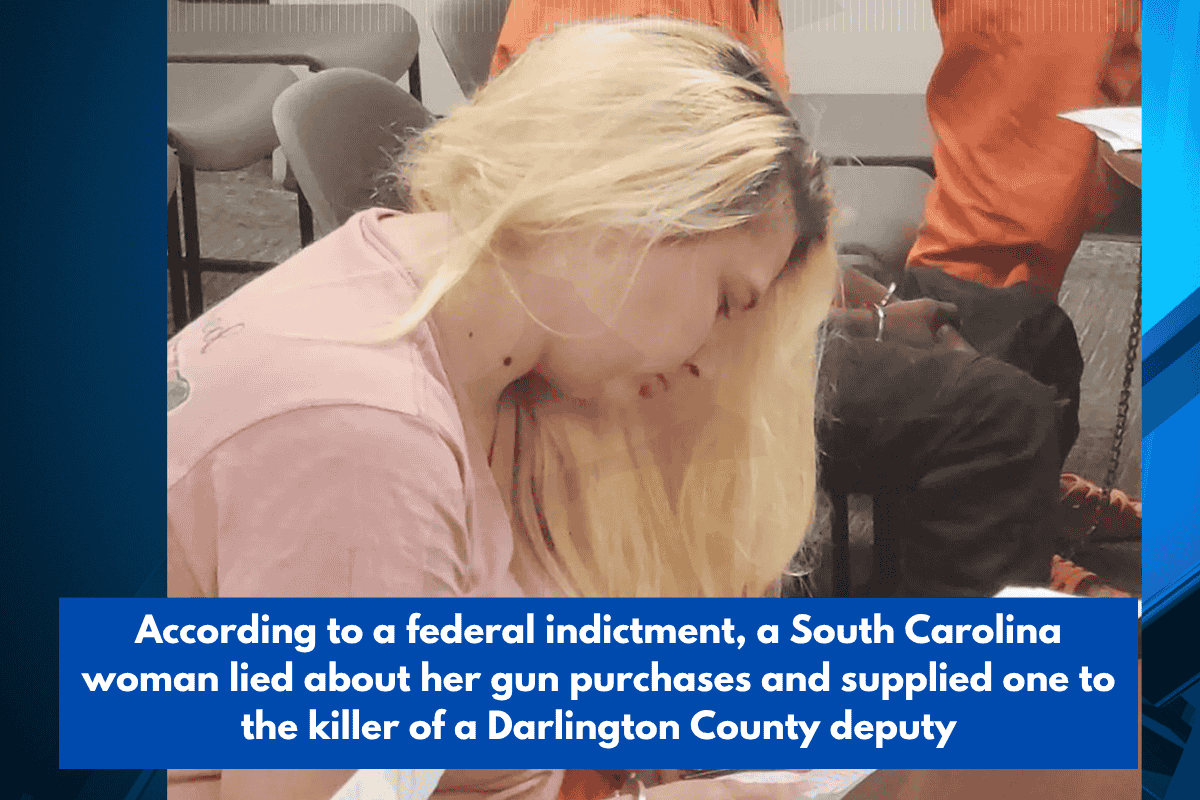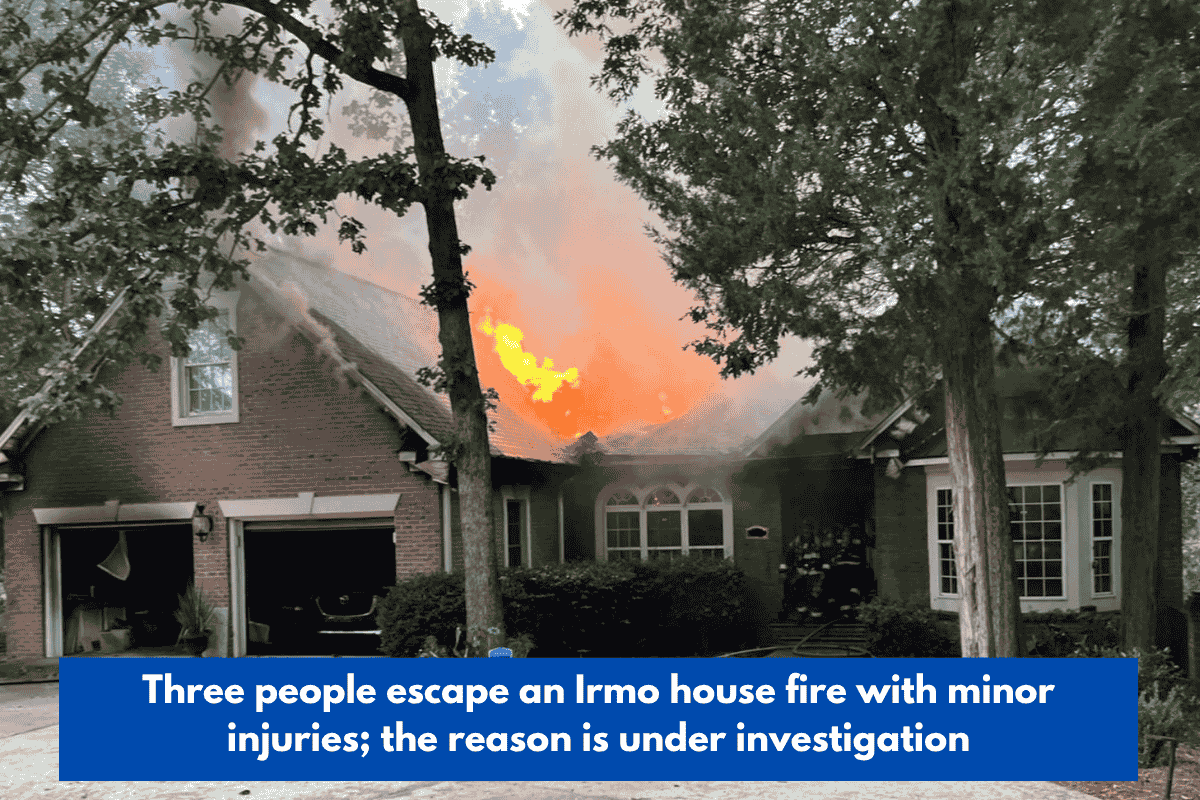A recent court hearing transcript has shed light on ongoing legal battles involving the Trump administration and the fate of a man named Abrego Garcia, who was initially removed from the U.S. to El Salvador. The transcript, released by U.S. District Judge Paula Xinis, has sparked considerable attention due to a striking exchange between the judge and a Department of Justice (DOJ) attorney. This exchange, along with other revelations from the hearing, highlights the growing tension between the executive branch and the courts regarding Garcia’s return and the government’s handling of the case.
Background of Abrego Garcia’s Case
Abrego Garcia, a man with alleged ties to the MS-13 gang, was removed from the United States to El Salvador earlier this year. However, the government later admitted that his removal was due to an “administrative error.” The issue gained further attention after former President Donald Trump made a public statement during an ABC News interview, suggesting that he could have Garcia returned to the U.S. at will by simply calling the president of El Salvador.
Trump’s comments raised eyebrows, particularly since they appeared to directly contradict the official position of the U.S. government, which had insisted that the decision to return Garcia rested solely with officials in El Salvador. This contradiction led to significant legal scrutiny and questions from the judiciary.
Court Hearing Tensions
During a hearing in early May, the remarks made by Trump were addressed head-on by U.S. District Judge James Boasberg, who asked DOJ attorney Abhishek Kambli whether Trump’s statement was truthful. The judge’s pointed question—“Is the president not telling the truth, or could he secure the release of Mr. Abrego Garcia?”—focused on whether Trump had the power to influence Garcia’s return, as suggested in the interview. Kambli, attempting to avoid a direct answer, was quickly pressed by the judge to address the president’s admission.
In a subsequent hearing the following day, Judge Paula Xinis also questioned the DOJ’s position regarding Garcia’s return. She appeared skeptical of the government’s claim that it had no control over the situation, especially after Trump’s public comments contradicted that stance.
Government’s Position and Legal Challenges
Throughout the litigation, the DOJ has maintained that Garcia’s removal was an error, but they have resisted efforts by Garcia’s lawyers to force a return. The lawyers have pointed to the Trump interview as evidence that the government could have acted differently, and they have pushed for greater transparency and the lifting of restrictions on the case.
Garcia’s legal team is also seeking severe sanctions against the government, accusing it of defying multiple court orders related to Garcia’s return and failing to comply with discovery rules. The court had ordered the government to provide daily updates about Garcia’s status, but these updates were often deemed insufficient, leading to criticism from both the court and Garcia’s legal team.
Broader Legal Implications
The case of Abrego Garcia has become a focal point of legal and political debate, with international attention now on how the U.S. government handles the removal and return of individuals under legal challenges. The ongoing disputes over this case reflect the wider challenges facing the Trump administration, as it faces numerous legal battles stemming from both its policies and actions while in office.
Moreover, this case has raised questions about the transparency of government actions, the potential influence of political figures like Trump, and the role of the judiciary in overseeing executive decisions. The tension between the executive branch and the courts over Garcia’s case exemplifies the complexities involved in balancing national security concerns with legal accountability and human rights.
The case of Abrego Garcia remains unresolved, with legal and political pressures continuing to mount. As his lawyers push for harsher sanctions against the government and demand transparency, the courts will likely continue to play a central role in determining the future of this case. The saga has not only highlighted internal conflicts within the Trump administration but also served as a cautionary tale about the potential consequences of unchecked executive power.














